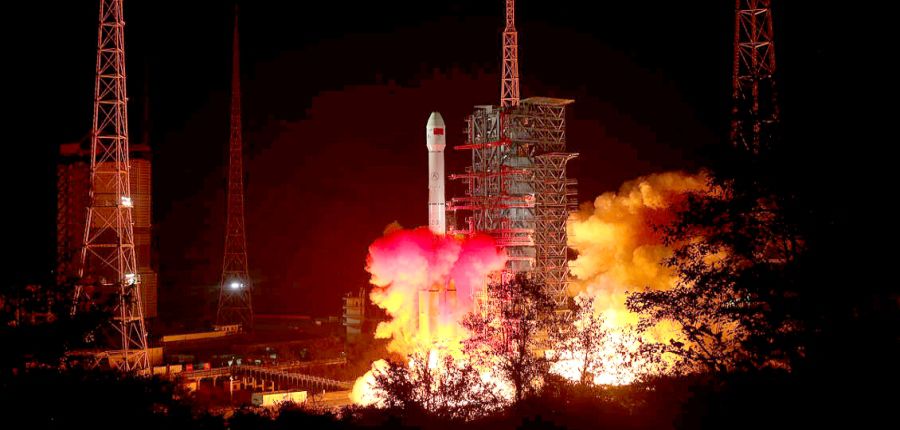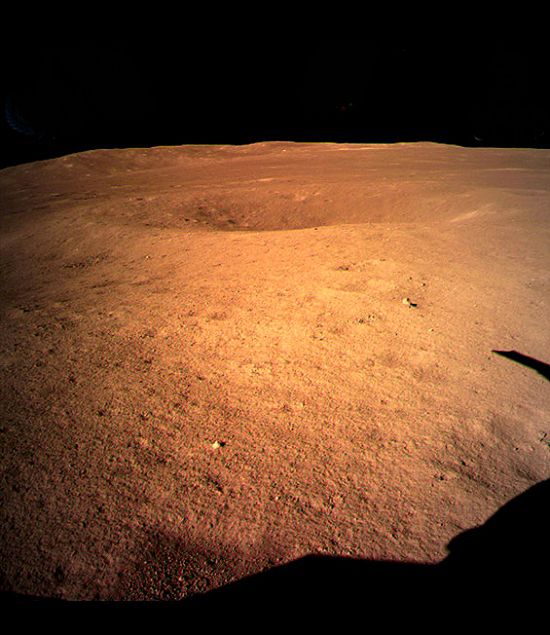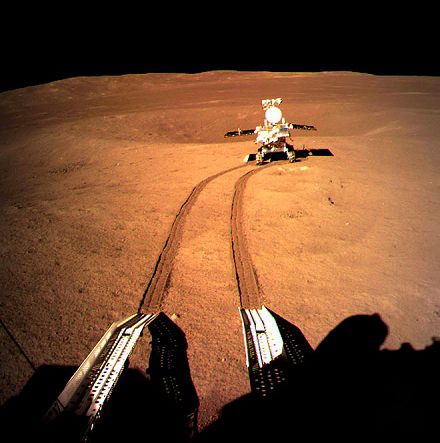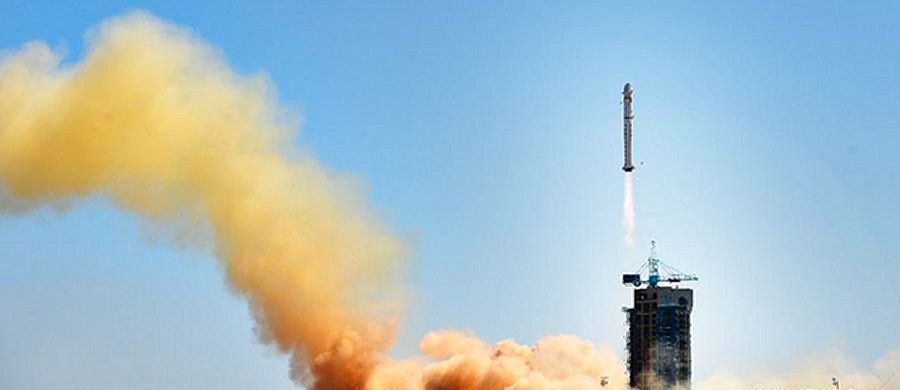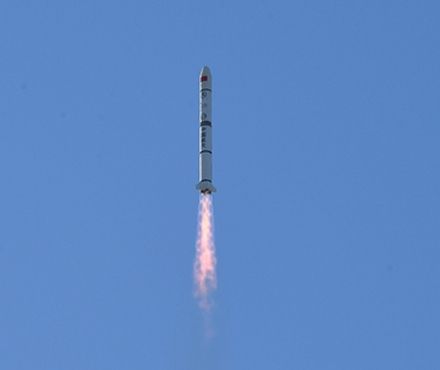A CHINESE FARM OR ALLOYON THE HIDDEN FACE OF THE MOON |
|
|
The rover of the Chang'e 4 mission, which left the Earth on December 8, landed safely at 10:26 am Beijing time, the Chinese National Space Administration said in a press release. It landed in the Von Kármán crater at 177.6 degrees east longitude and 45.5 degrees south latitude. 186 kilometers wide, this crater is located in the Aitken Basin, an old impact crater with a width of 2,500 kilometers and a depth of 12 kilometers. A technological feat It is a technological feat for China, the first country to make a moon landing on the hidden side. The hidden face is mountainous and rugged, dotted with craters, while the visible face offers many flat surfaces to land. Chang'e 4 - named after the goddess of the moon in Chinese mythology - was sent to a region of the south pole of the lunar body, the Aitken Basin, whose terrain is complex and steep. Neither the United States, nor Russia, let alone Europe, have explored this unknown part of the moon from the ground, even though probes in orbit around the moon have overflown it and mapped its entire surface.
To this end, Chinese engineers had launched in May a satellite called Queqiao ("The Bridge of the magpie"), positioned in lunar orbit, to relay orders and data exchanged between the Earth and the module. China will therefore use the Queqiao relay satellite in orbit around the second Lagrange point (L2) of the Earth-Moon system located approximately 455,000 kilometers from our planet. Like Chang'e 3, the Chang'e 4 rover has a panoramic camera and a radar to probe the basement. It also carries an imaging spectrometer in the visible and near infrared. A great scientific interest This unknown region of the Moon is of great scientific interest: it could contain exposed materials from the upper mantle of the Moon. Thus the rover will study the impact of solar winds on the lunar surface for at least three months. An experiment in the biological field, which 28 Chinese universities have developed, will also be conducted.
The rover also sent his first images that are historical. Unpublished clichés because the first taken from the surface of the hidden side of the Moon. The stated ambitions of China With this achievement, Beijing asserts itself as a great space power but the Chinese space agency, at the forefront of robotic exploration of the Moon, does not intend to stop there. After Chang'e 4, China plans another mission on the hidden side but to bring back lunar samples, which has not been done since NASA's inhabited Apollo mission. Three other robotic missions are also planned for the lunar poles. Beyond these robotic missions, the Asian giant, which also unveiled in November 2018 a replica of its first major space station ("Heaven Palace"), plans to make it operational around 2022. It would become the only station to evolve in space after the planned 2024 retreat of the International Space Station (ISS) - which combines the United States, Russia, Europe, Japan and Canada. Moon, advanced post for space Any country that begins space exploration begins with the Moon, an accessible destination, while Mars is far away and expensive. The moon now appears as the first step for space habitats NASA, too, is studying the idea of a "lunar orbit portal" (the former "Deep Space Gateway"), which would turn the Moon into an outpost of conquest of other planets. A lunar outpost that could serve as a "relay point" leading to Mars.. |
|
| Jenny Chase for DayNewsWorld | |
 |
|




